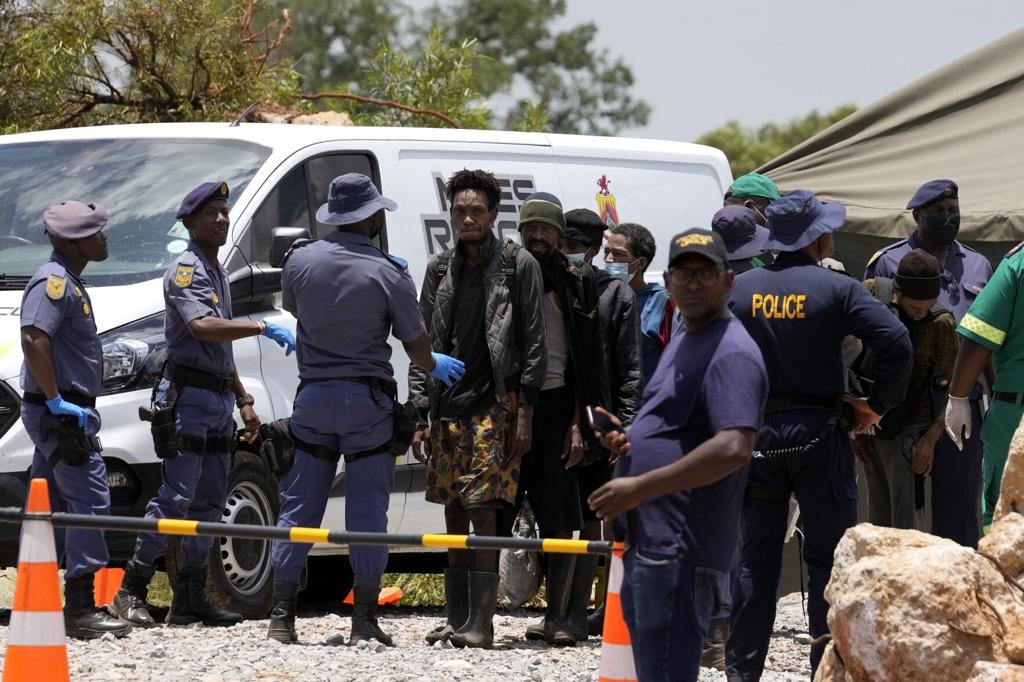The Stilfontein illegal miners’ rescue operation is set to conduct its final underground sweep on Thursday, 16 January, to verify claims that there are no longer any zama zamas (illegal miners) trapped beneath the surface. The controversial operation, which has drawn significant attention and criticism, has seen volunteers and rescue teams working tirelessly to bring miners to safety and recover bodies from the depths of the mine.
Despite the ongoing efforts, there have been growing assertions from some of the volunteers that the mines are now empty, with no further illegal miners underground. SAPS national spokesperson, Brigadier Athlenda Mathe, acknowledged the reports but emphasized the need for confirmation. “We will rely on the Mine Rescue Service, which will use their advanced equipment to get an accurate picture of what’s happening underground,” she said. The rescue team will deploy a cage to investigate and ensure that no miners are still trapped, while law enforcement continues to assess the situation.
While the final sweep is underway, the scale of the operation’s devastation has become painfully clear. According to the General Industries Workers Union of South Africa (Giwusa), the Stilfontein tragedy has surpassed the notorious Marikana massacre in its scope and impact. Since the rescue began on Monday, 78 bodies have been recovered, and 248 survivors have been brought to the surface. The shocking toll underscores the brutal realities faced by illegal miners and the harsh conditions they endure underground.
Giwusa President Mametlwe Sebei described the operation as revealing the full extent of the tragedy. “The reports and the horrific state of the miners tell a story of inhumane conditions that are far worse than initially imagined. The surviving miners are emaciated, dehydrated, and in desperate physical condition,” he said. Sebei also criticized the authorities, stating that the operation’s outcome, with so many lives lost, marks Stilfontein as the site of one of the worst state-engineered tragedies in post-apartheid South Africa. As the final sweep progresses, the nation holds its breath, awaiting the confirmation of whether the mines are truly empty—or if the crisis is far from over.
